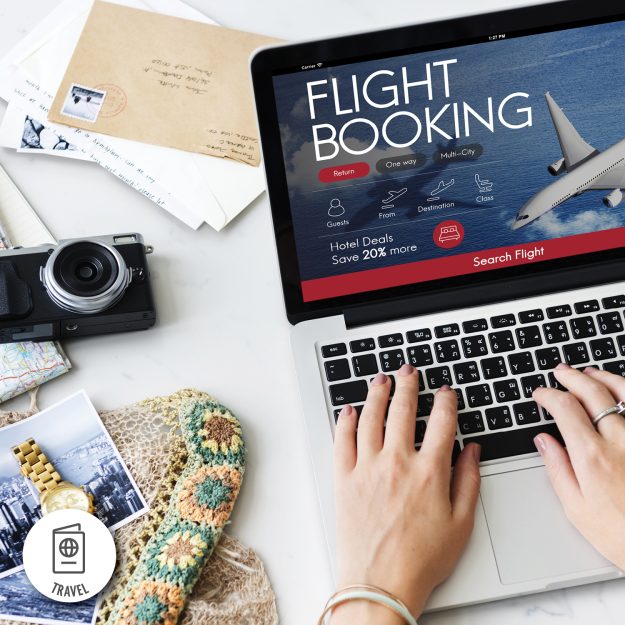Going Organic on a Budget
Going organic is a great way to improve your personal health and the health of the environment. Fortunately, it does not have to mean spending big. Here’s how to go organic on a budget.
Prioritize your purchases
If you’re on a strict budget, you likely won’t be able to go completely organic all at once. Start with what’s most important to you. You can move on to another area as the budget allows until you’ve completely embraced the lifestyle.
Buy in bulk
Look for bulk bins at your local natural grocery store for steep savings. If you can’t finish all your bulk organic purchases before they’ll go bad, partner with a friend and split the costs.
Shop the seasons
In-season produce generally tastes better than off-season fruits and vegetables, and it’s cheaper. Choosing organic produce grown locally while it’s in-season can really bring down your grocery bill. A quick Google search can tell you what’s in season now in your area of the country.
Grow your own
If you have the time and space, consider growing your own organic greens and herbs. This way, you’ll have access to inexpensive produce that’s fresh and ready to eat.
Shop the farmers market
Your local farmers market is a great place to find fresh, locally grown produce at affordable prices. Plus, it supports local business.
Stalk your favorite organic brands on social media
Brands will alert followers to fantastic deals and discounts that may otherwise be missed. As soon as you find an organic food brand you love, follow it on Twitter, Facebook and Instagram. This way, you’ll never miss a sale.
Look for store brands
Lots of grocery stores now offer their own line of organic products. These tend to be cheaper than companies that are not affiliated with a specific store.
Shop smart
Finally, follow the basic rules for smart shopping to save on your purchases. Plan your menu around the sales, shop with a list and take a smaller cart, or even a basket. If all else fails, shop with cash.
Follow these tips to make the switch to an organic lifestyle without breaking the bank.



















